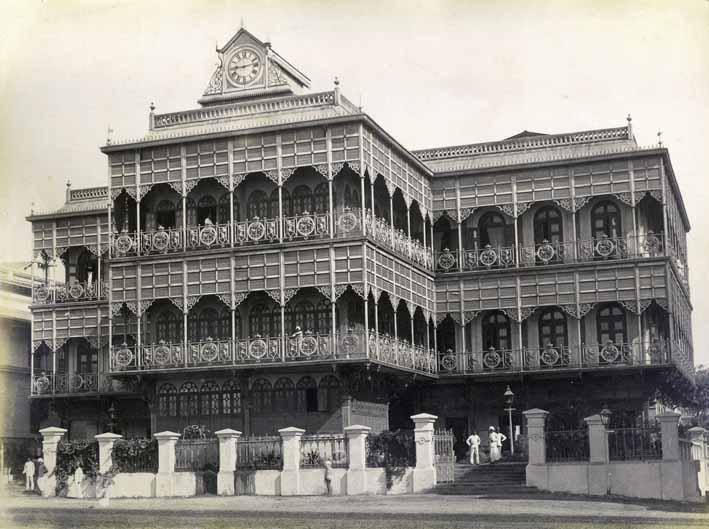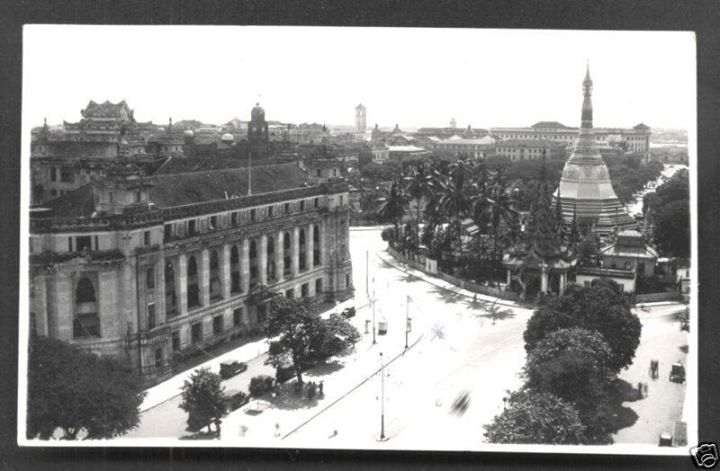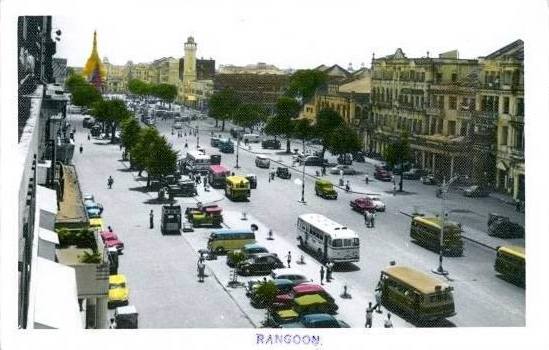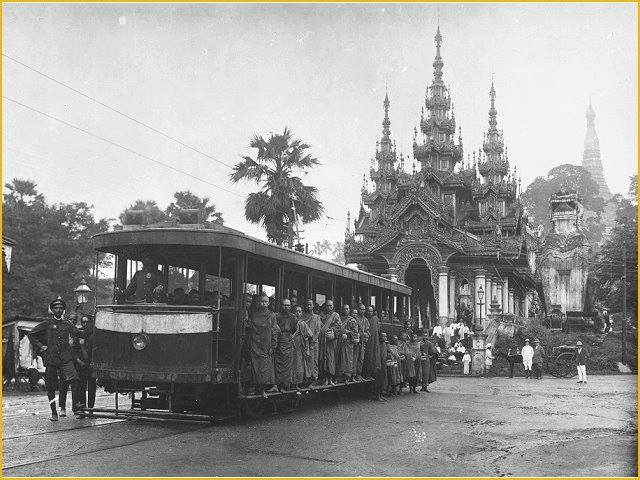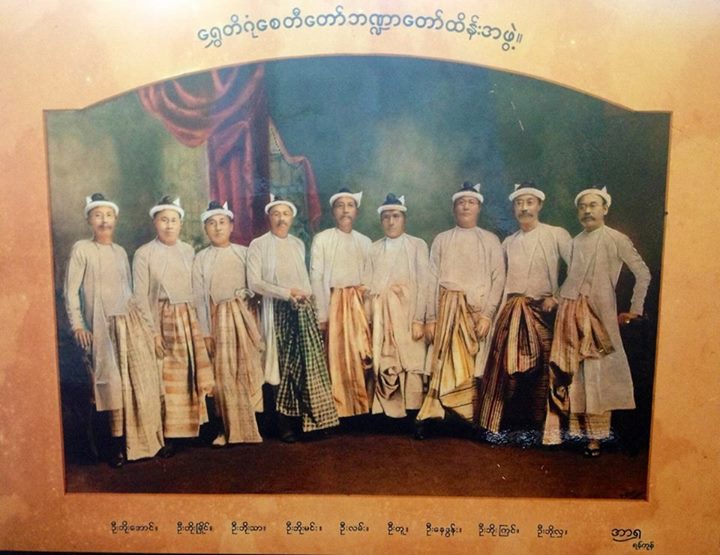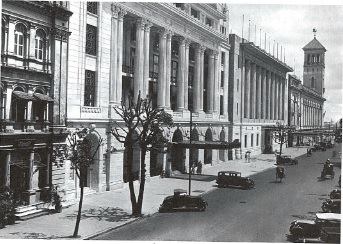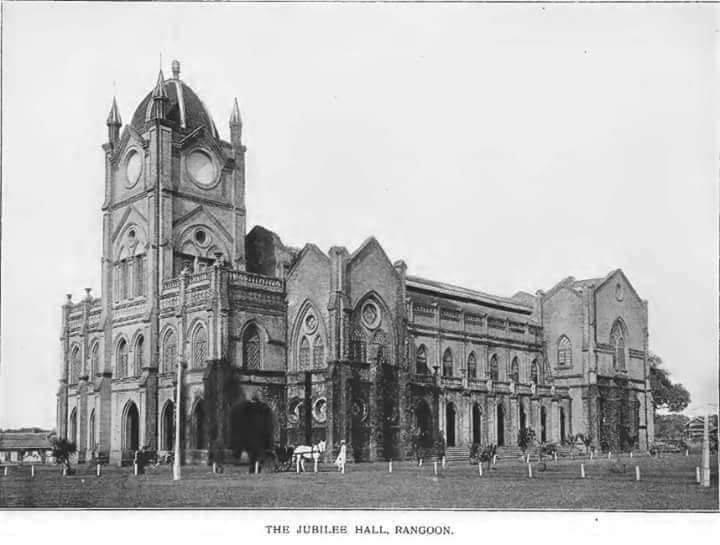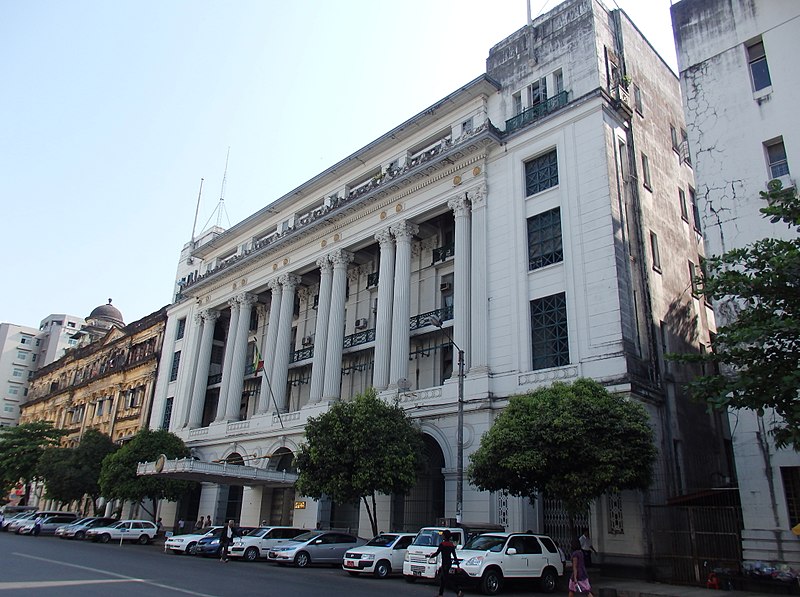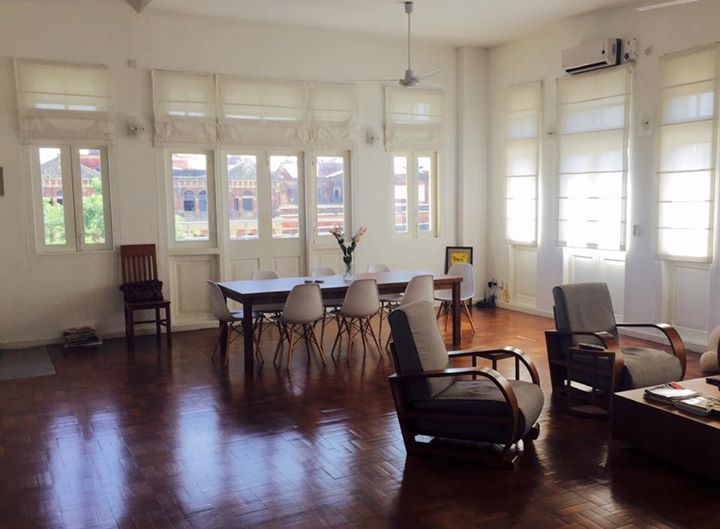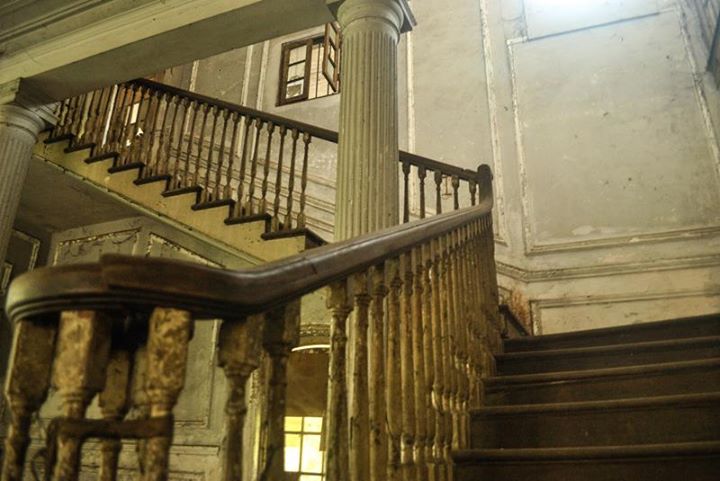Yangon, Global City (1853-1962)
Historic Events
Jubilee Hall
Jubilee Hall was a place of immense historic significance. Constructed to commemorate Queen Victoria's Diamond Jubilee in 1897, it became the site of many public events, including the 1947 Anti-Fascist People's Freedom League (AFPFL) convention and the place where General Aung San and his assassinated colleagues lay in state that same year. It was also where Sir John Gielgud, certainly one of the greatest actors ever to have lived, played Hamlet in 1946. Its demolition in 1985 was an act...
Read MoreScotland's deep ties to Myanmar
The majority of the top companies in Yangon (then Rangoon) in the late 19th and early 20th century were Scottish. Golf and whiskey in Myanmar are of course legacies of this connection. Thousands of Scots lived and worked in this city over several generations and may have constituted as much as 80 percent of the total European population in colonial times. Many of the old downtown buildings are described as English, but are more accurately Scottish. A small sampling of...
Read MoreA view of the Secretariat from Neruda’s old apartment on Dalhousie Street
This 1927 apartment building (partially renovated in 2013) was home to the great Chilean poet and winner of the Nobel Prize in Literature, Pablo Neruda. He worked in Rangoon from 1927-28 at the Chilean consulate to Burma. Here, he fell in love with a Burmese woman called Josie Bliss, who poetry critics would later identify as his most important muse. As Neruda describes her, Bliss was an incredibly jealous woman and used to brandish a knife at him when she...
Read MoreOld photos of the Pegu Club
The main staircase and dining room at the Pegu Club in 2015 and a photo of the club in the 1910s. Once the city's most prestigious club, the Pegu Club had a billiards room, dining rooms, card rooms, reading rooms, and a well-stocked bar - it was the origin of the Pegu Club Cocktail. Rudyard Kipling spent an evening at Pegu Club for a night in 1889 (on his way from Calcutta to San Francisco), where he met men involved...
Read More